Environmental Consulting
Ambient Monitoring and Service Integration
Trinity Consultants offers a comprehensive suite of monitoring services tailored to meet diverse environmental needs, ensuring compliance and informed decision-making for clients across various sectors and industries.
Master Your Ambient Air Strategy
Specialized Services For All Types of Monitoring Needs
Ambient Air Monitoring Services
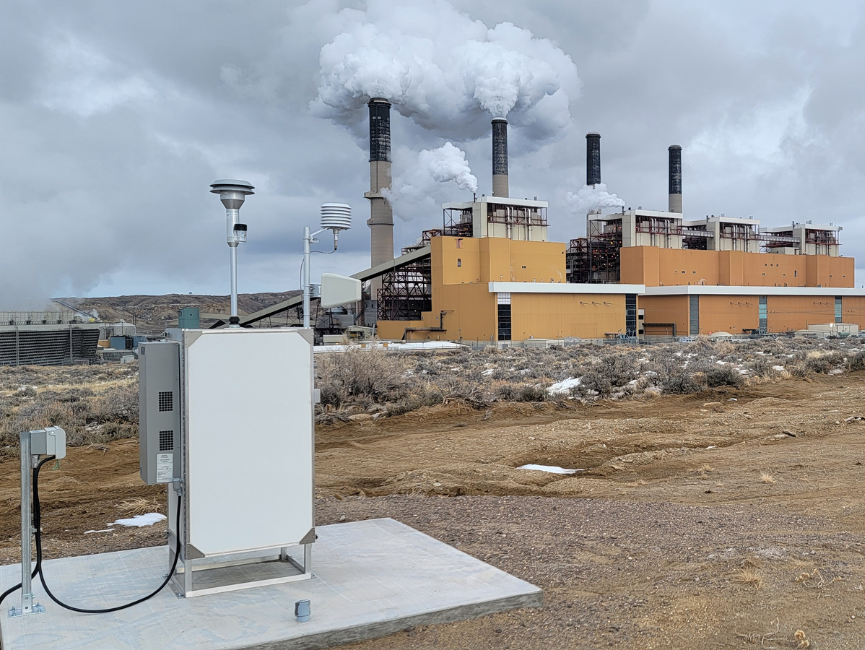
Ambient Air Quality Monitoring
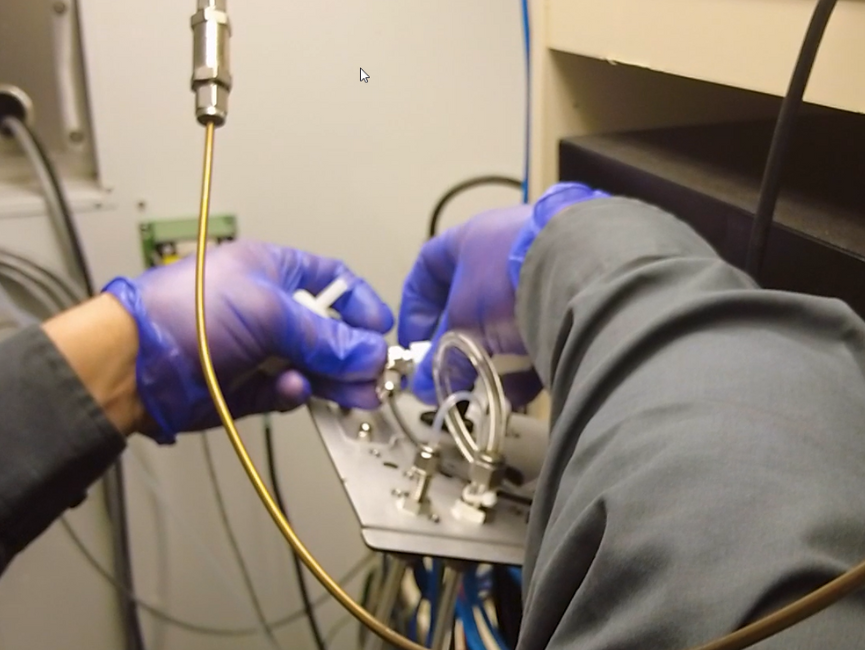
Audits and Calibrations

Climatological Analysis
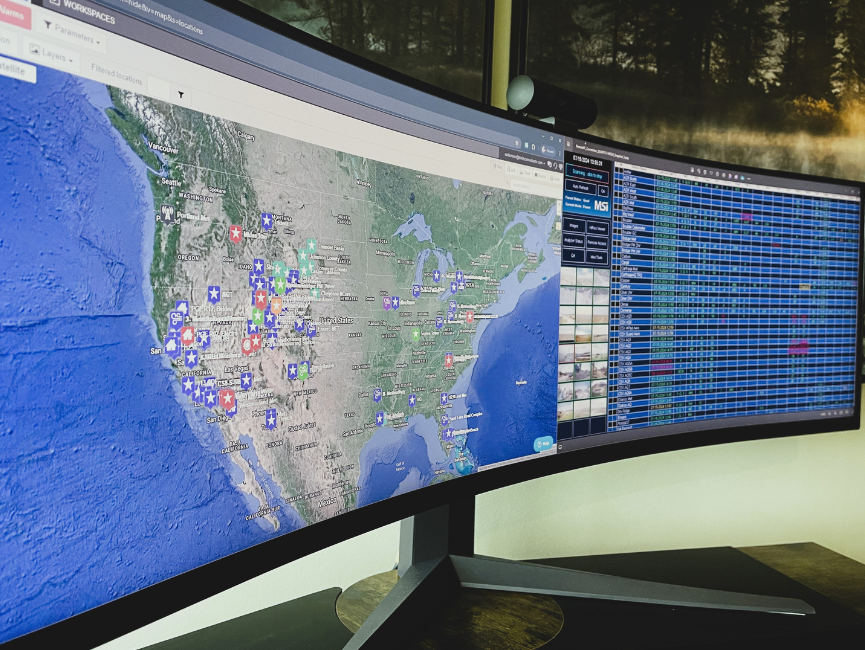
Data Management

Data Reformatting
Trinity scopes and executes customized meteorological data reformatting for dispersion models, including quality checks and data management.
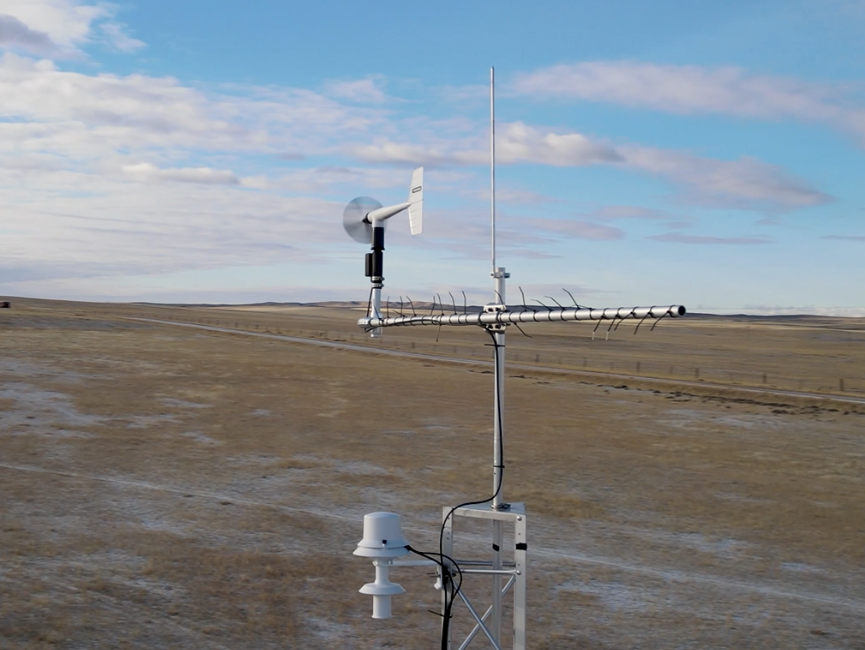
Fenceline Monitoring
Trinity's fenceline monitoring services ensure compliance with state and EPA real-time monitoring requirements using advanced remote sensor technologies.
Forecasting and Nowcasting
Trinity Forecasting and Nowcasting offers tailored event weather services, providing accurate, site-specific short to medium-range forecasts for various needs.
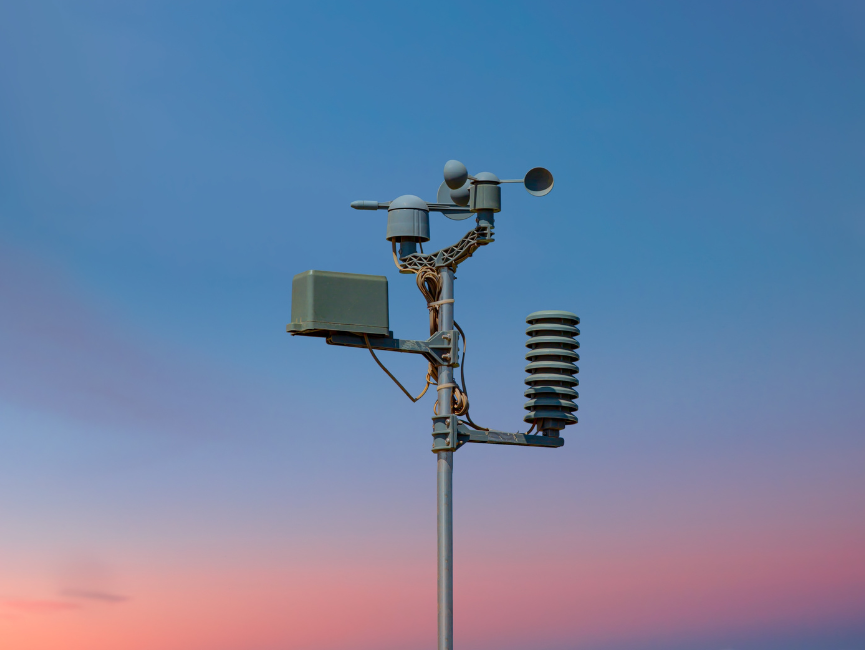
Meteorological Monitoring
Meteorological monitoring and tower installation services that are PSD & NRC compliant, certified calibrations, AERMOD-ready, and full-service maintenance are also available

Software Development
Trinity develops custom software solutions for real-time meteorological & air quality data analysis, with cloud dashboards & automated alerts.
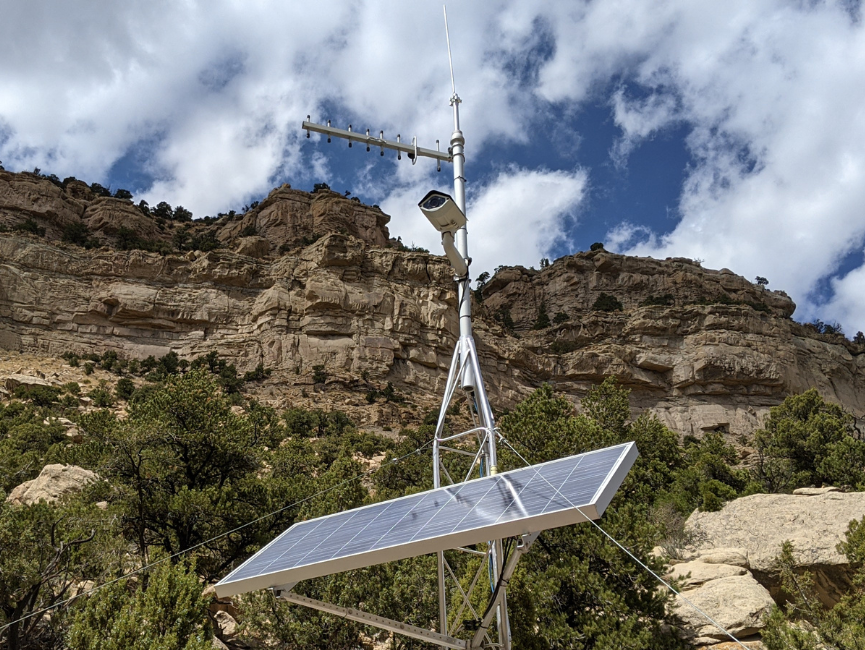
Special Monitoring
Trinity provides specialized air monitoring services, including indoor and community monitoring, corrosion testing, and mobile labs for comprehensive air quality assessments.Ambient Air Quality Monitoring
How Else We Can Help
Related Services
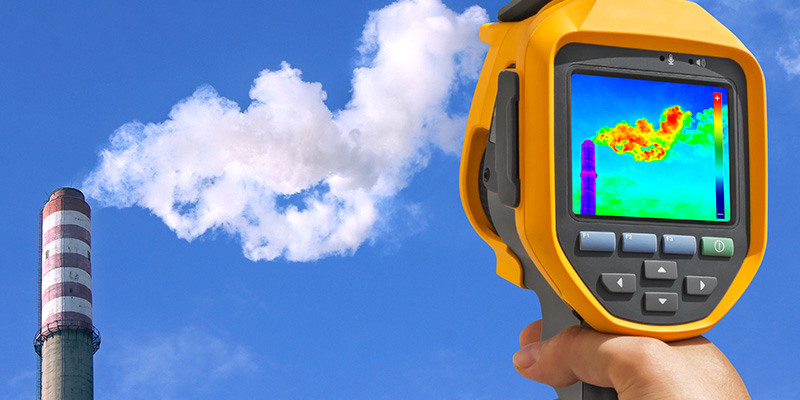
Emissions Testing
Trinity offers expert consulting for emissions (stack) testing, including forensic analysis, program design, and expert witness services.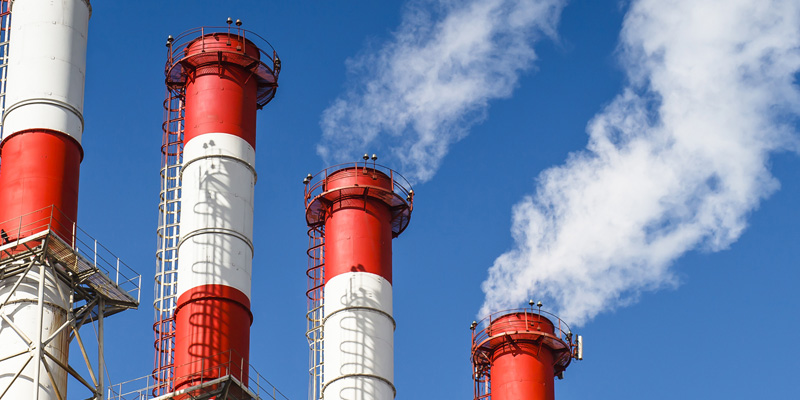
Air Quality Permitting
Trinity Consultants are experts in air permitting support for compliance with the Clean Air Act, offering comprehensive services from strategy, application development, and agency negotiations.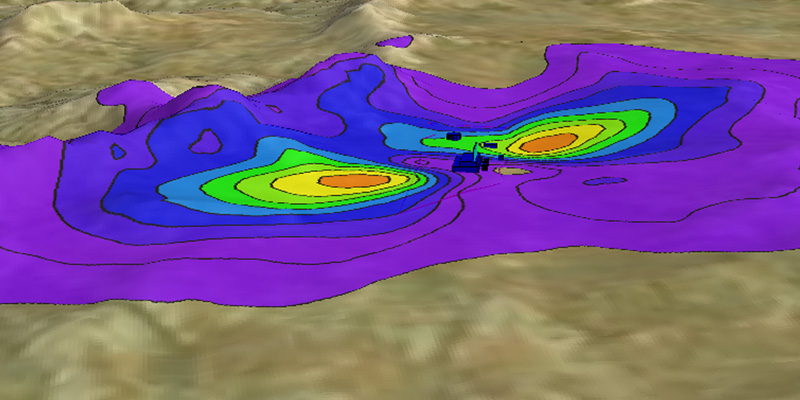
Air Dispersion Modeling
Trinity provides a wide range of air quality modeling consulting services for regulatory applications, emergency planning, and human health assessments.
Digital Solutions Approach
Our Results
Featured Projects

Nucor Provides Transparency of Steel’s Environmental Impact in Expert Collaboration with Trinity Consultants
Trinity was tasked with developing Environmental Product Declarations (EPD) compliant with California's rigorous Buy Clean California Act (BCCA) requirements.
Aerospace Leader Partners with Trinity to Lay Foundation for ESG Program
Trinity developed site-specific environmental sustainability implementation plans as well as a corporate environmental sustainability program framework for maintenance.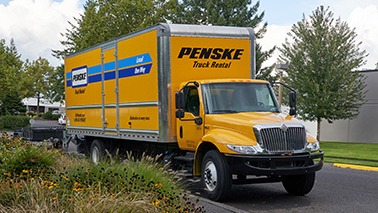
Penske Teams up with Trinity to Quantify Global Greenhouse Gas Emissions
Trinity works with both Penske Truck Leasing and Logistics in furthering the organization’s commitment to managing its environmental impact and reducing GHG emissions.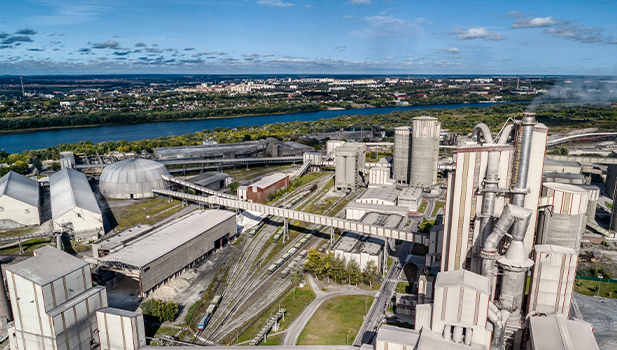
Trinity's In-Depth Insights Help Lime Manufacturer
In 2022, a leading North American lime manufacturer asked Trinity to take over its quarterly board of directors’ regulatory and policy reports.Regulatory Background
Ambient Air Quality Standards
Understanding National Emission Standards for Hazardous Air Pollutants (NESHAP) Requirements
NESHAP, established under the Clean Air Act (CAA), seeks to regulate, and limit the emissions of hazardous air pollutants (HAPs) from various industries. These standards are designed to safeguard public health and the environment by imposing emission limits and requiring the implementation of state-of-the-art control technologies also known as Maximum Achievable Control Technology (MACT) standards. Within eight years of setting MACT standards, EPA is directed by the CAA to review and revise the standards to account for improvements in air pollution control and/or prevention.
During the 2015 NESHAP update for Petroleum Refineries, EPA implemented amendments to 40 CFR Part 63, Subparts CC and UUU that required all petroleum refineries to implement fenceline monitoring programs to identify emissions from fugitive sources, such as equipment leaks, to ensure quick corrective action to reduce offsite impacts of air pollutants.
Equipped with this intelligence, each Trinity fenceline monitoring project is custom designed by our experts to ensure your monitoring technologies and networks meet your regulatory requirements.
Understanding Tightened PM 2.5 National Ambient Air Quality Standards (NAAQS) and Associated Timelines
Perspectives
Related News & Insights
Oklahoma’s 5-Year Air Monitoring Network Assessment and Annual Network Plan
UDAQ Expands Modeling Authority with New Emissions Impact Assessment Guidelines
Michigan's Ozone Status Update: Southeast Achieves Attainment, West Faces New Serious Nonattainment Challenges
Read MoreMeet the Team

Casey Lenhart
Director, Monitoring Services
Randall Baxter
Project Manager, Monitoring Services